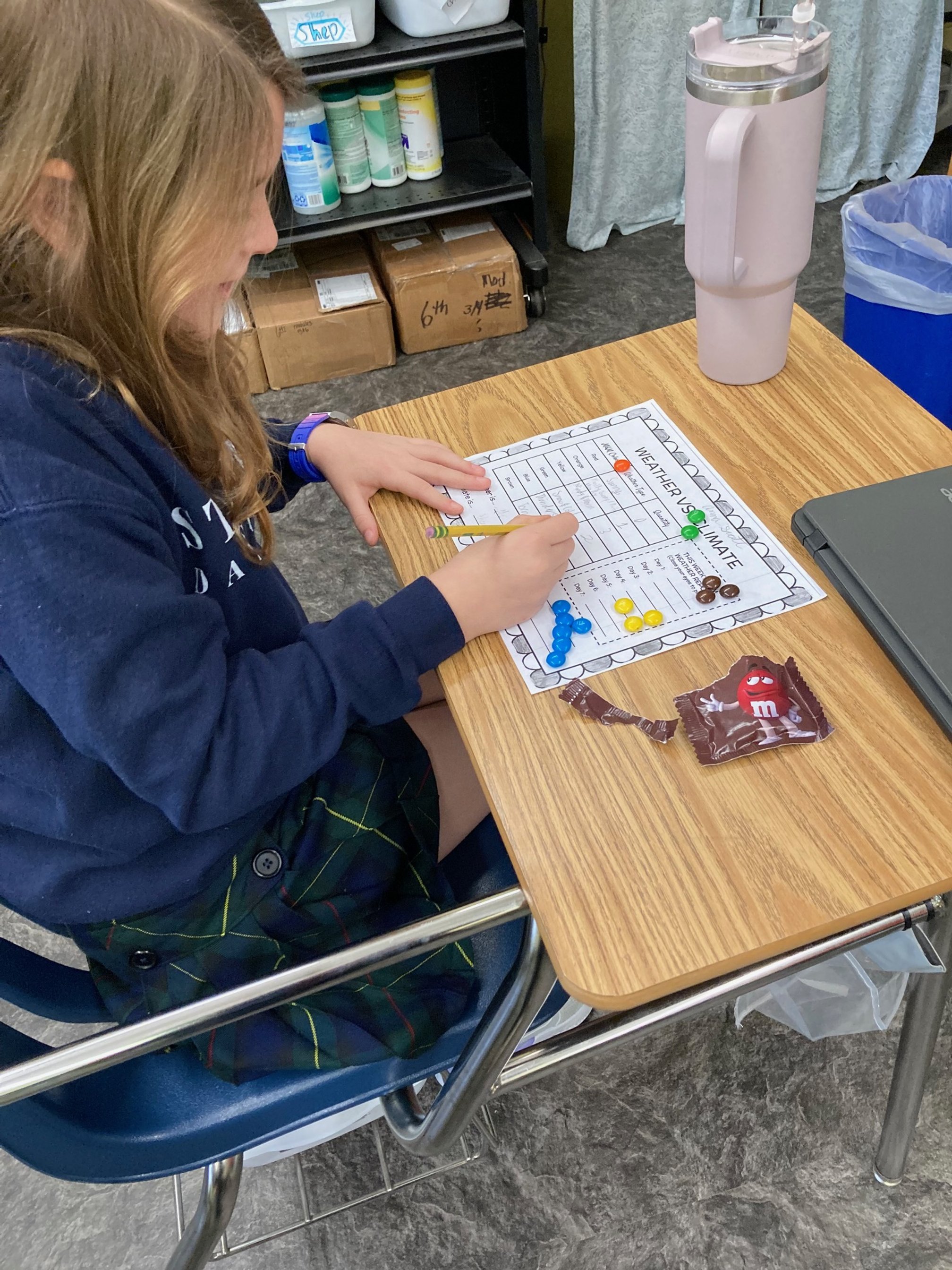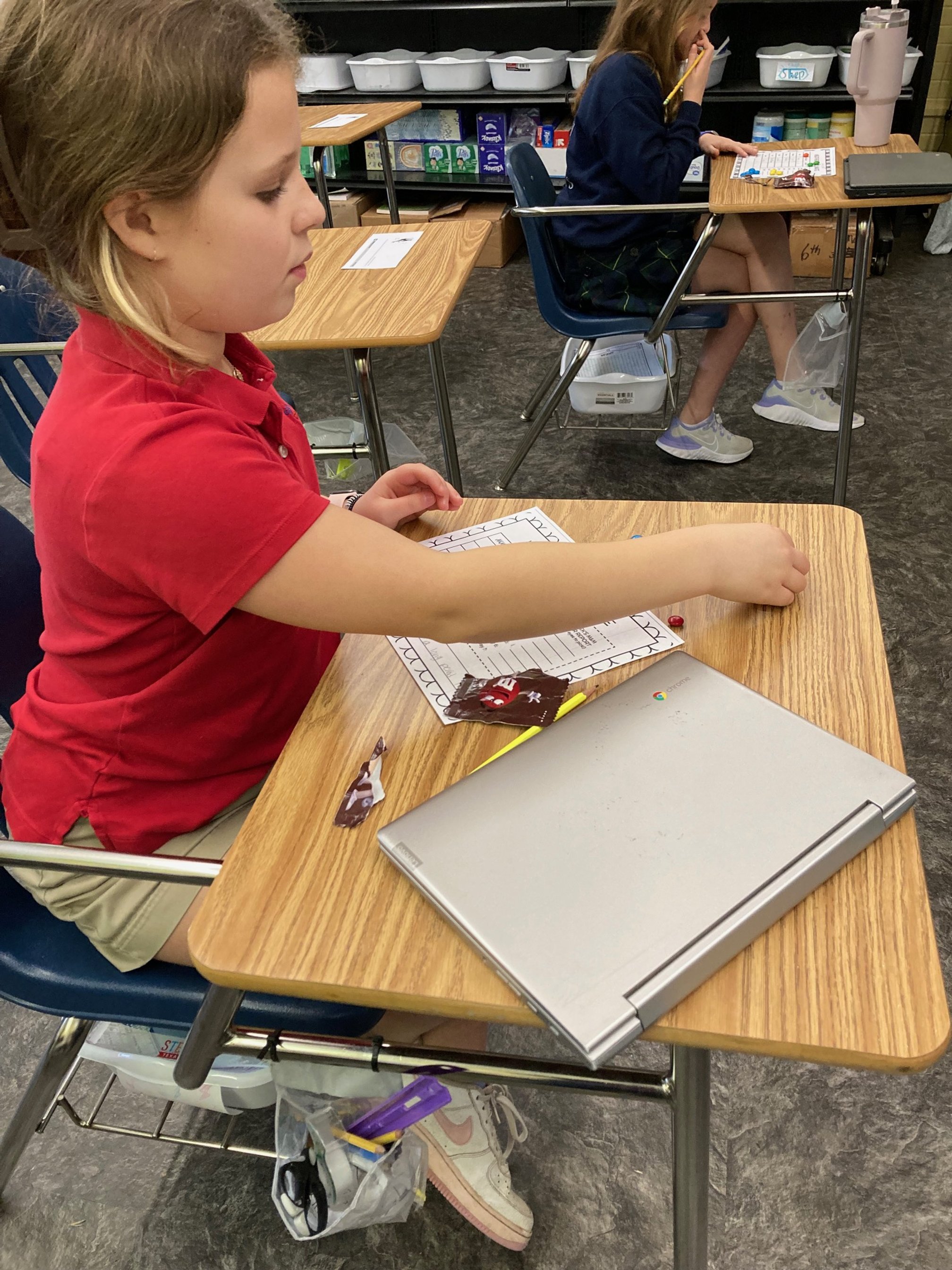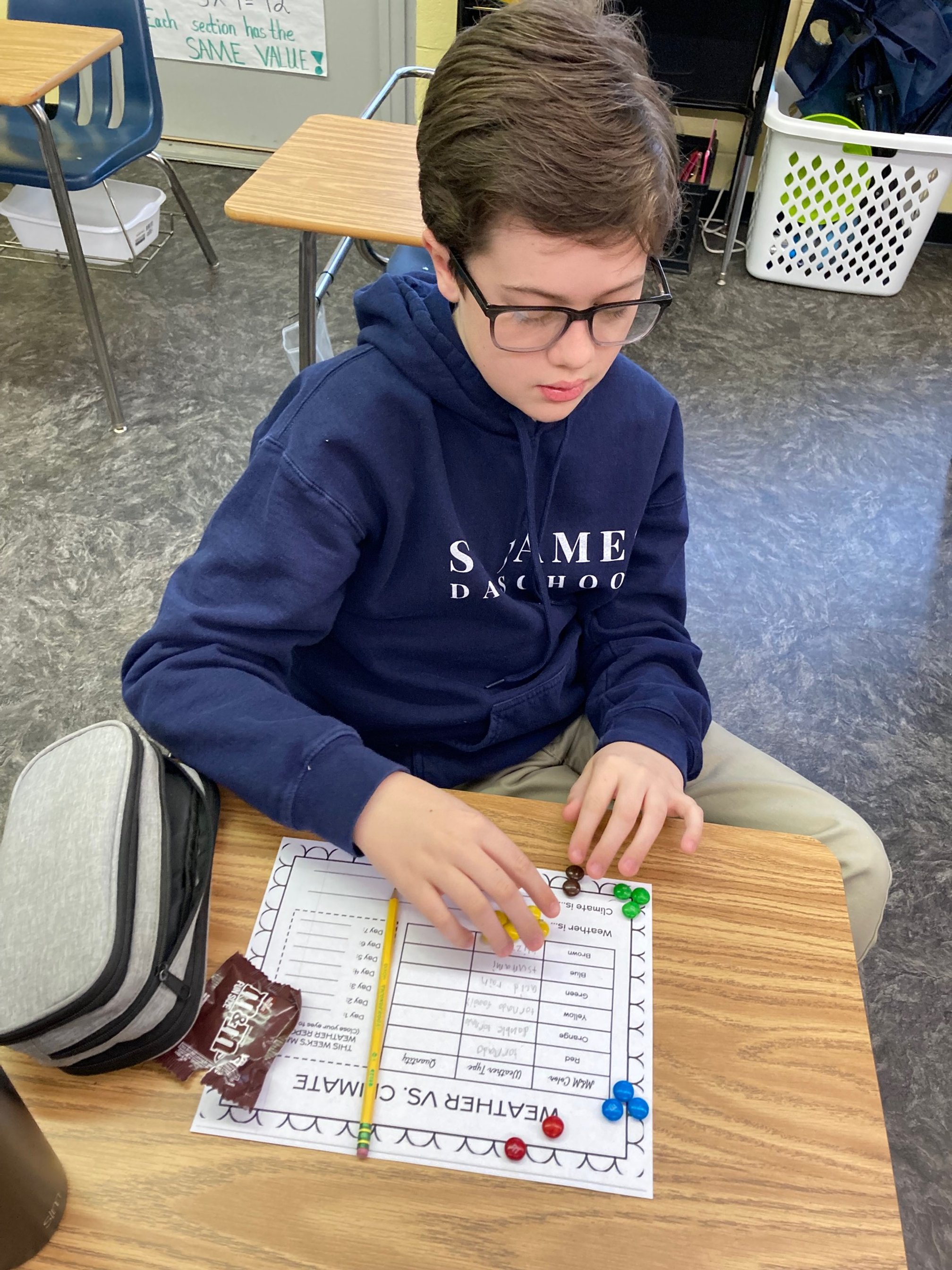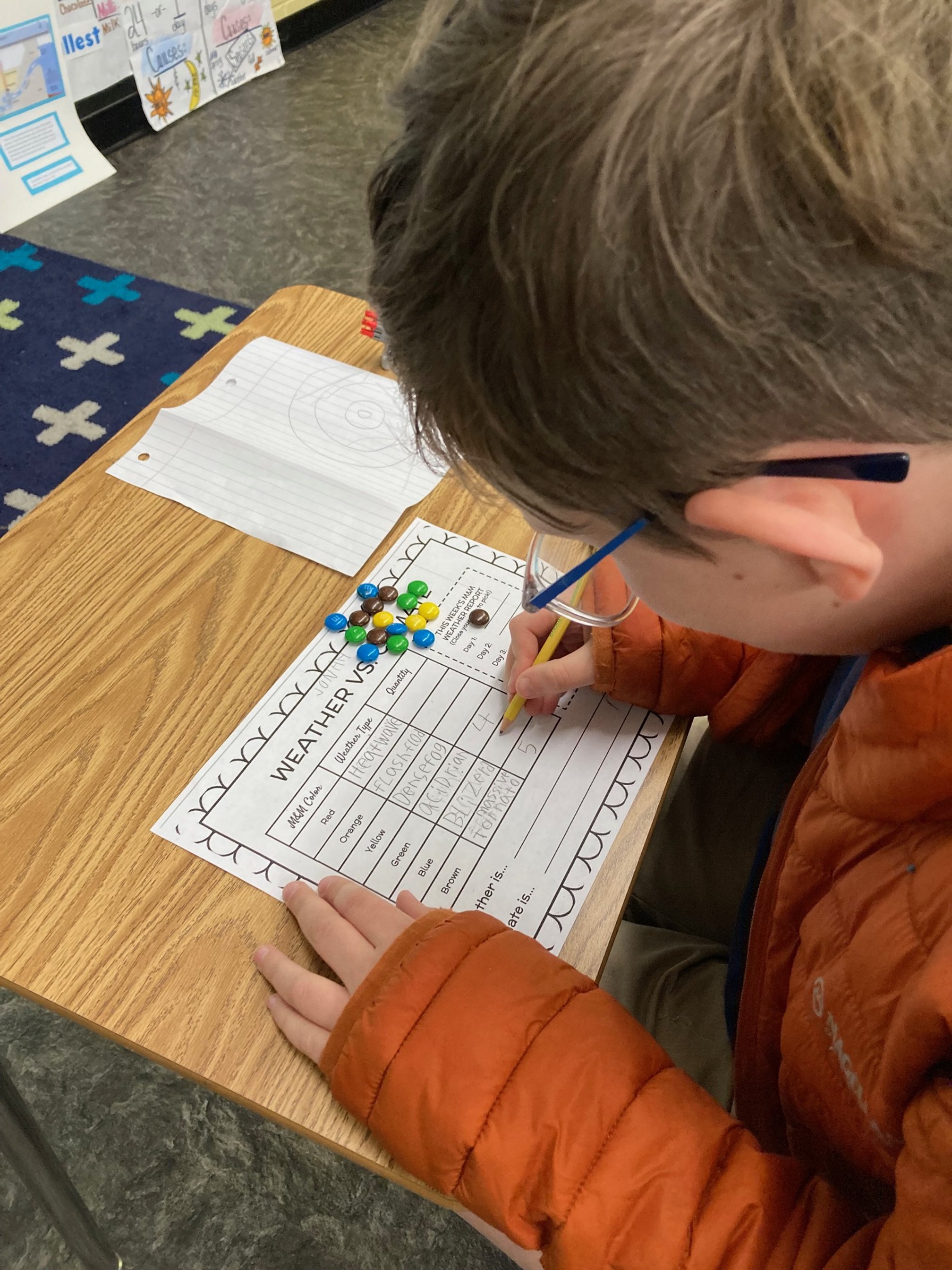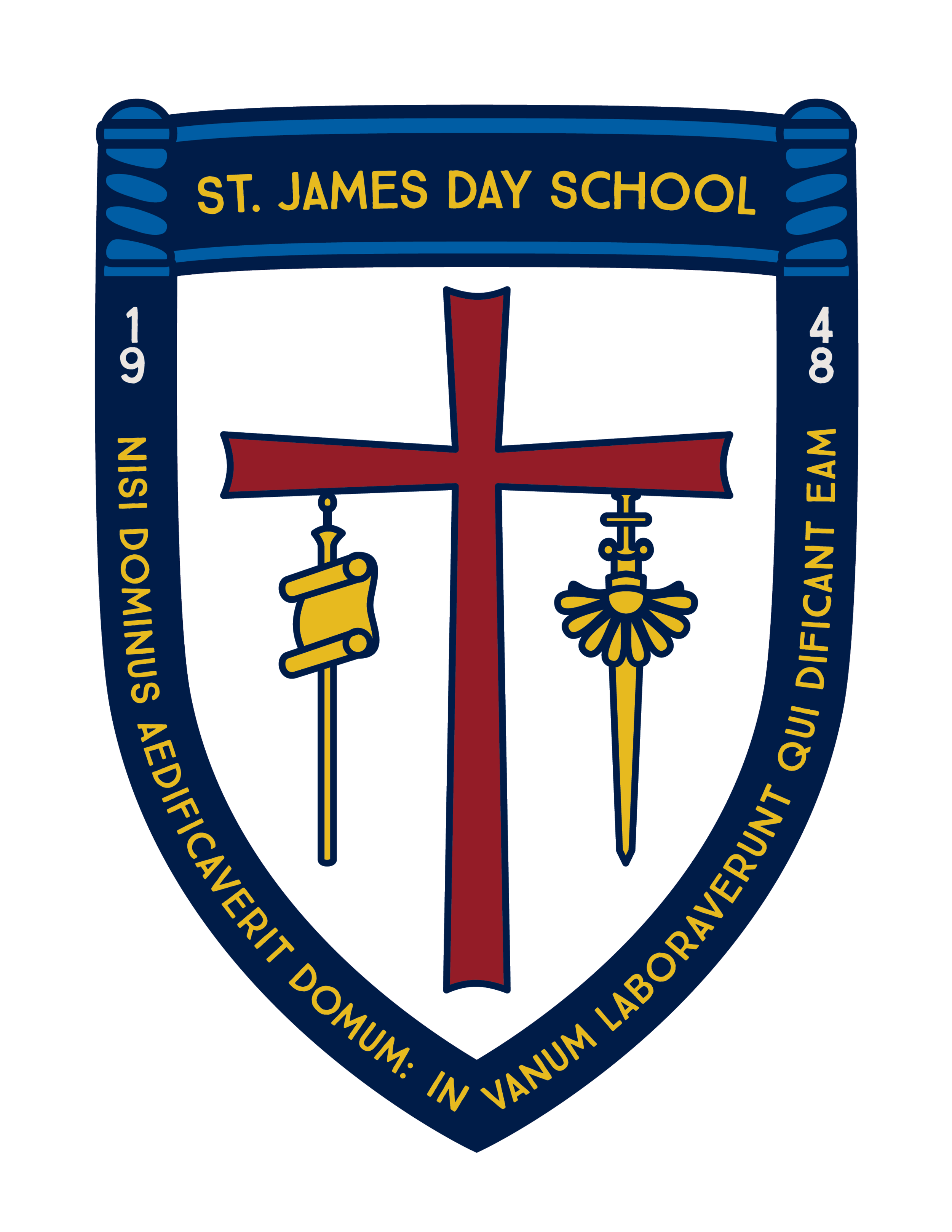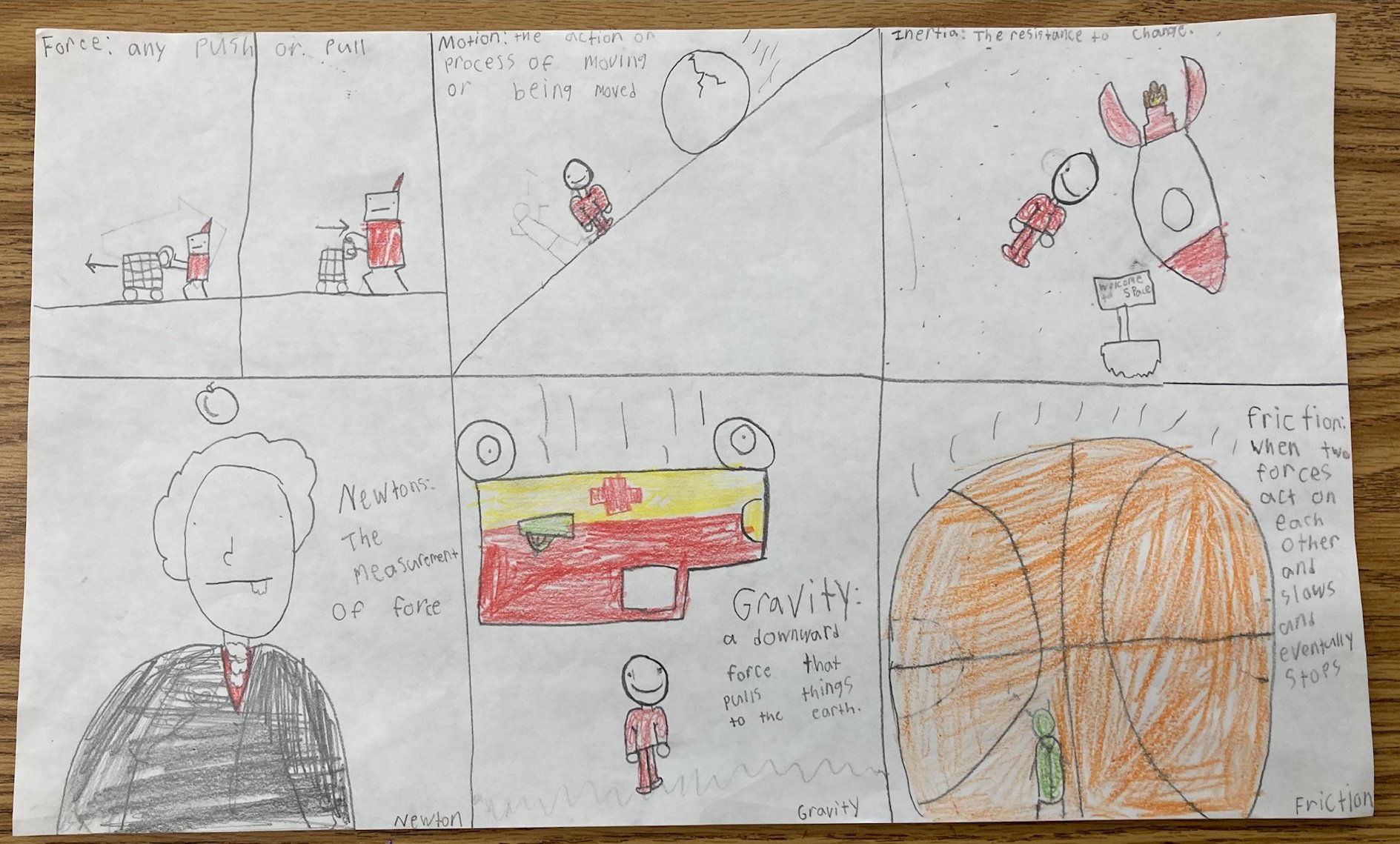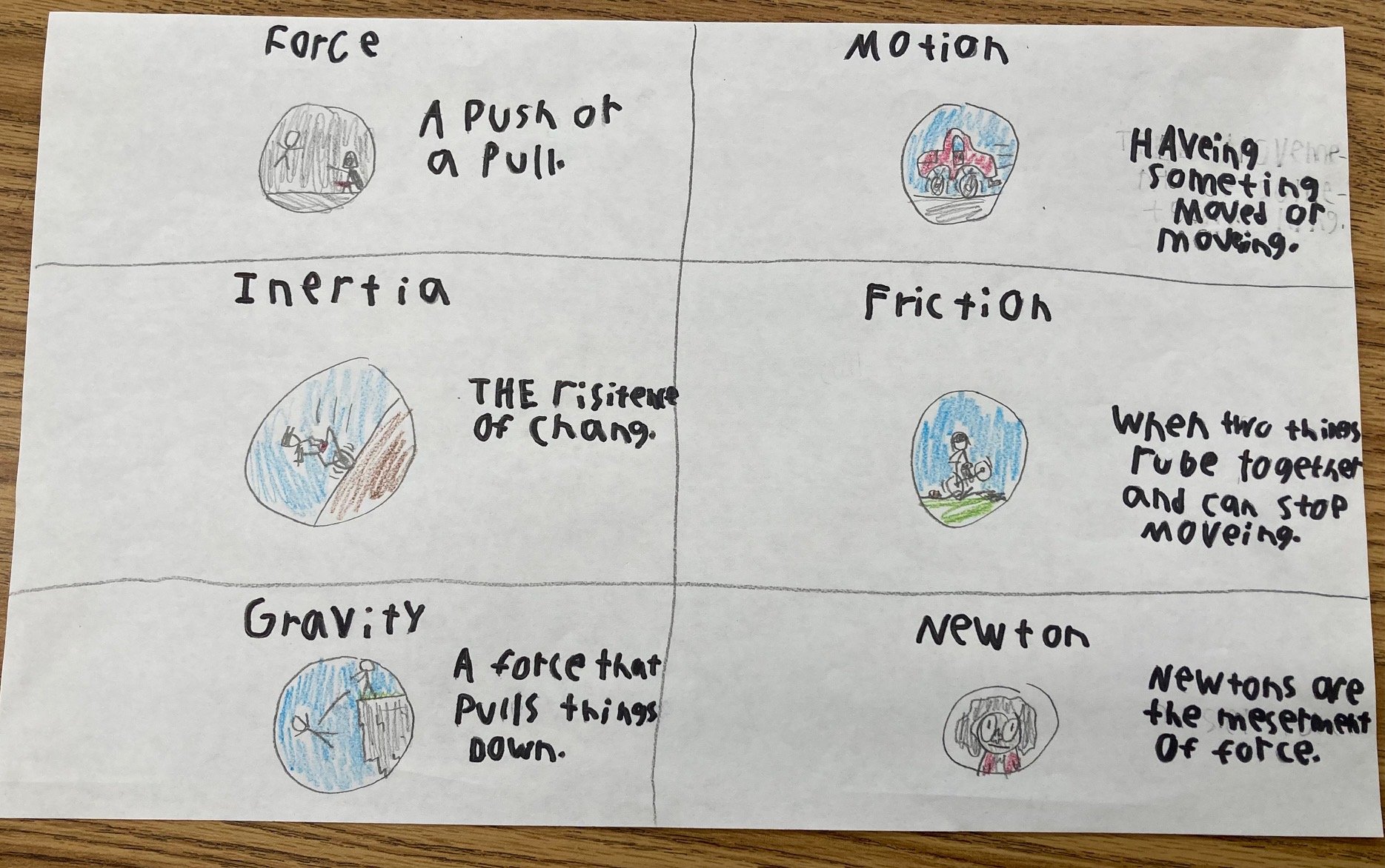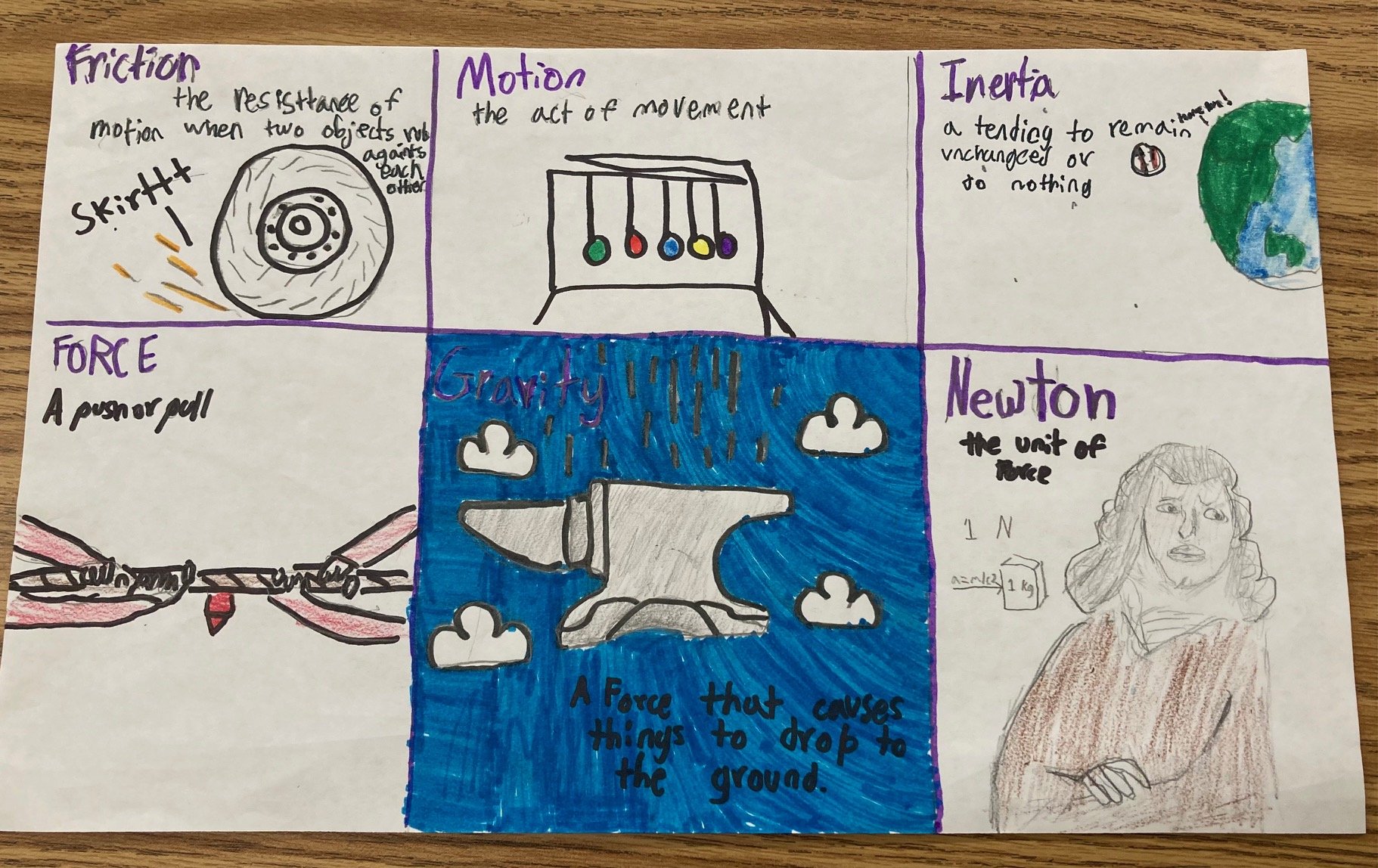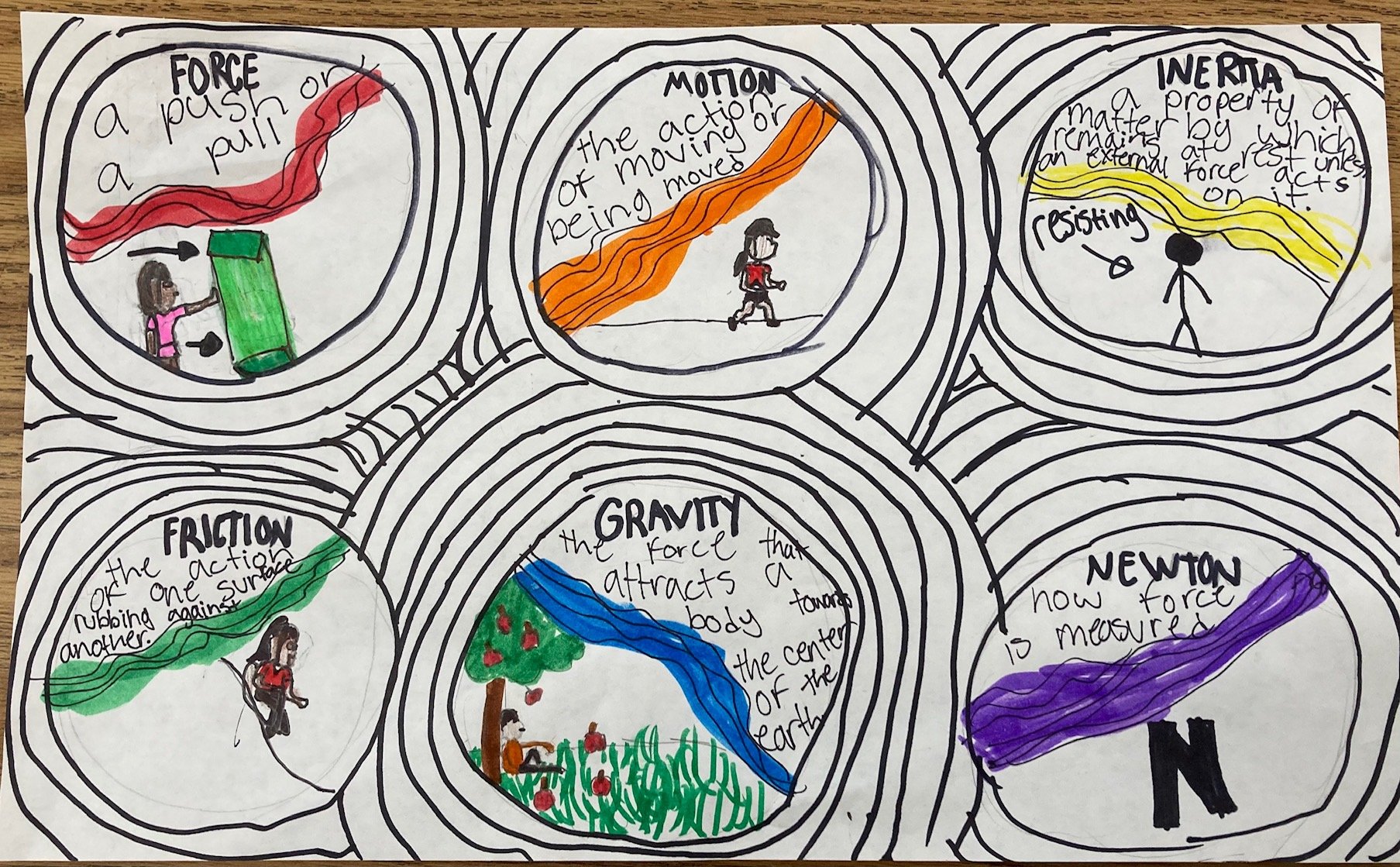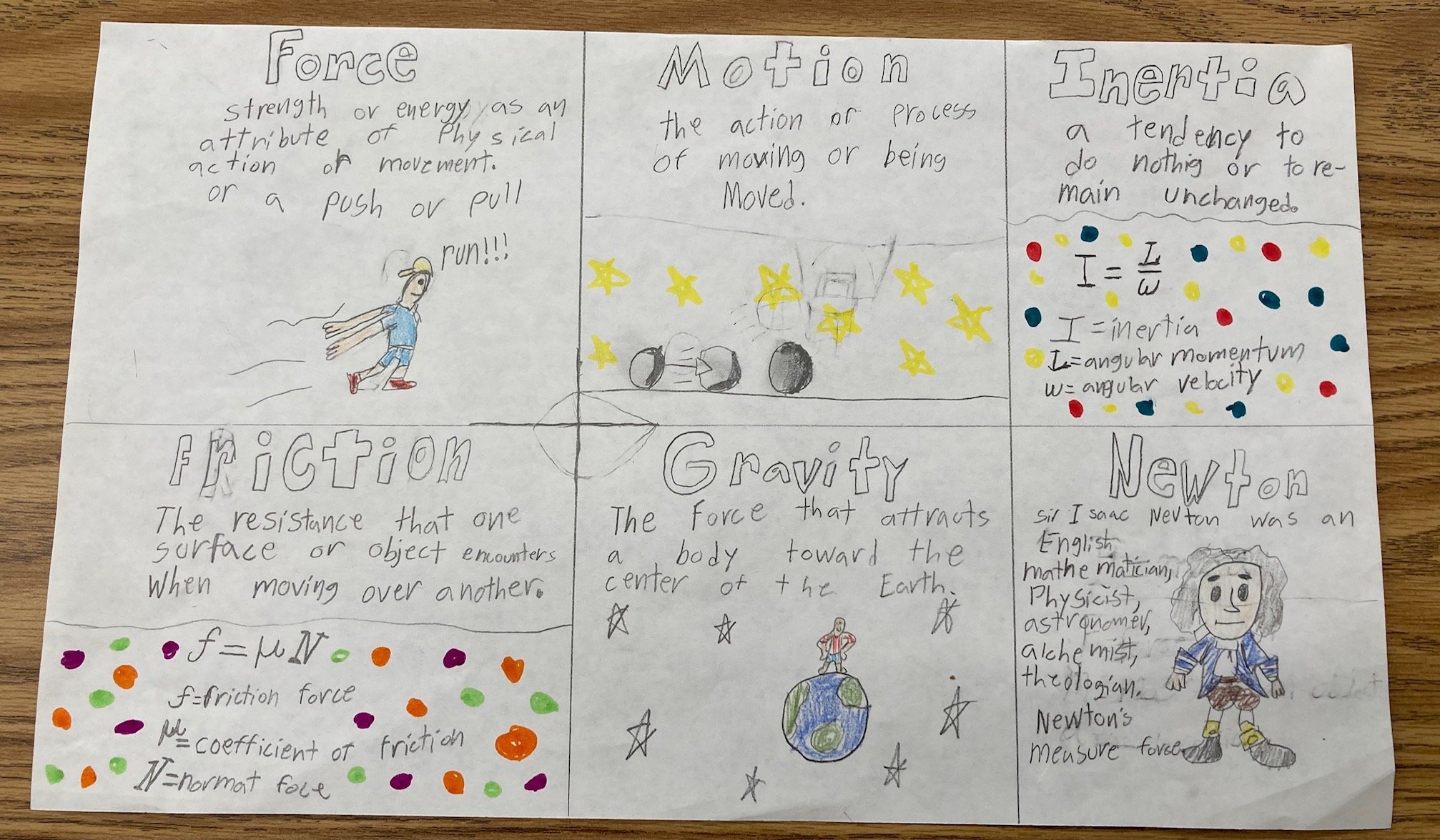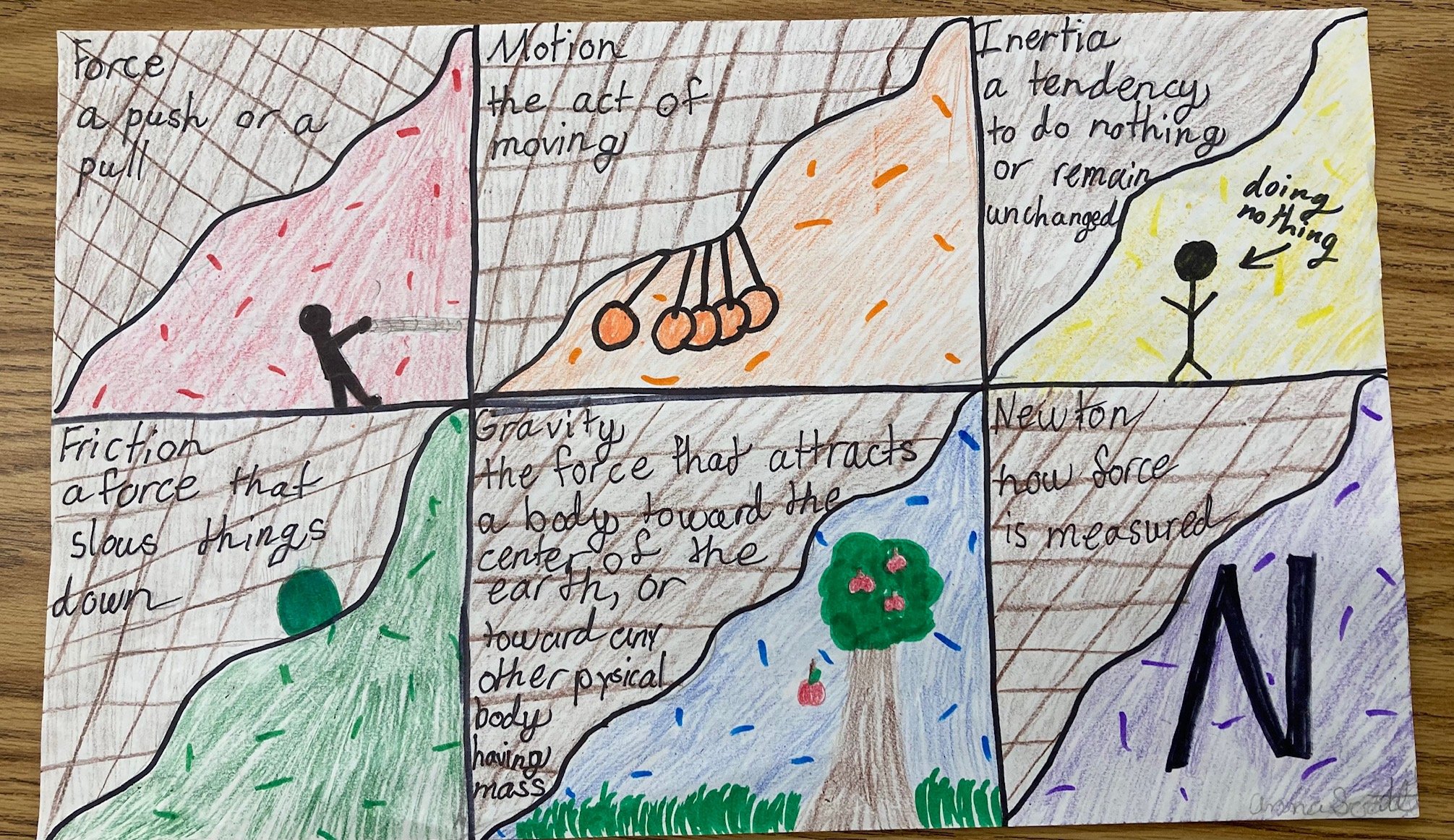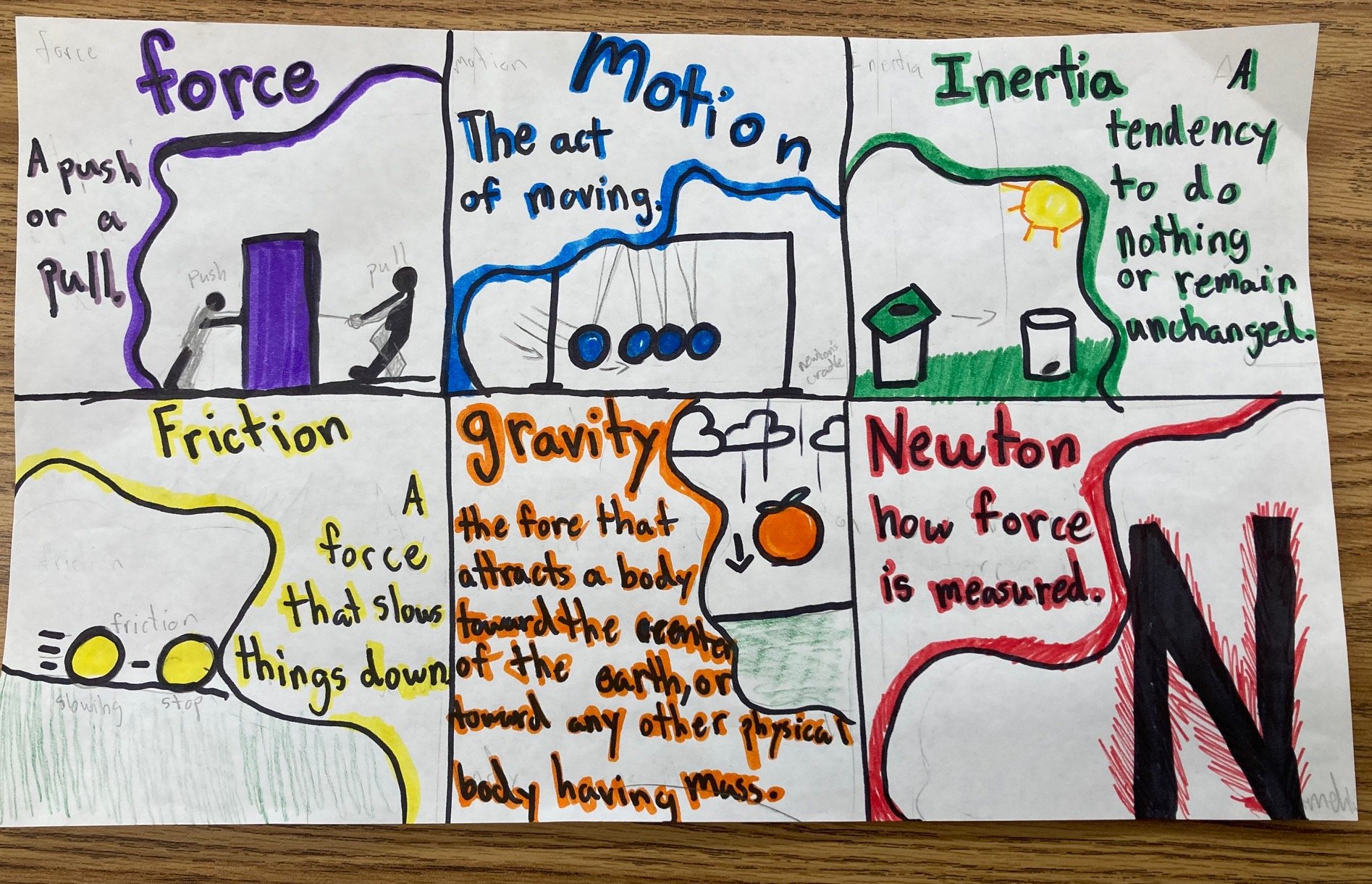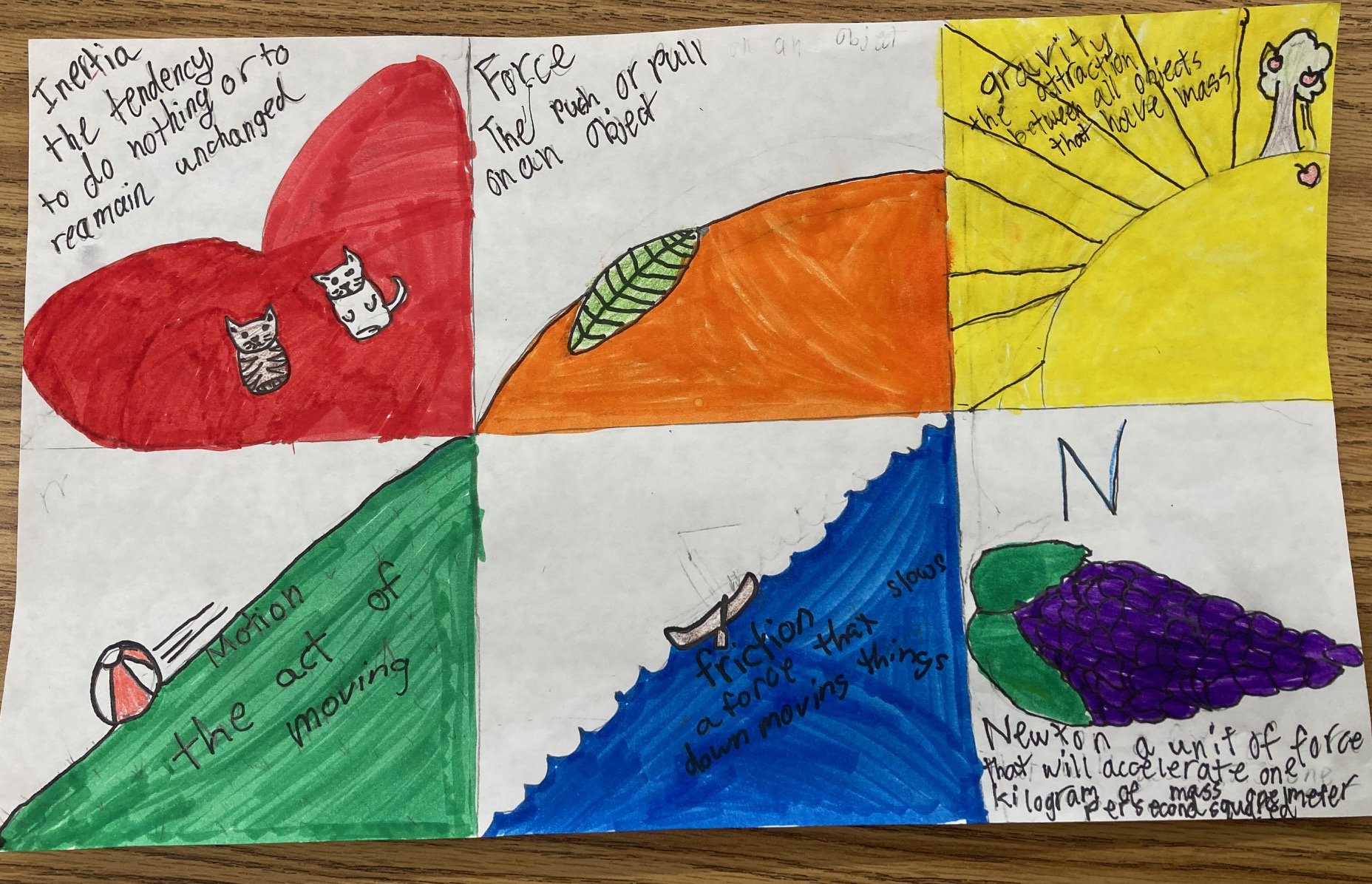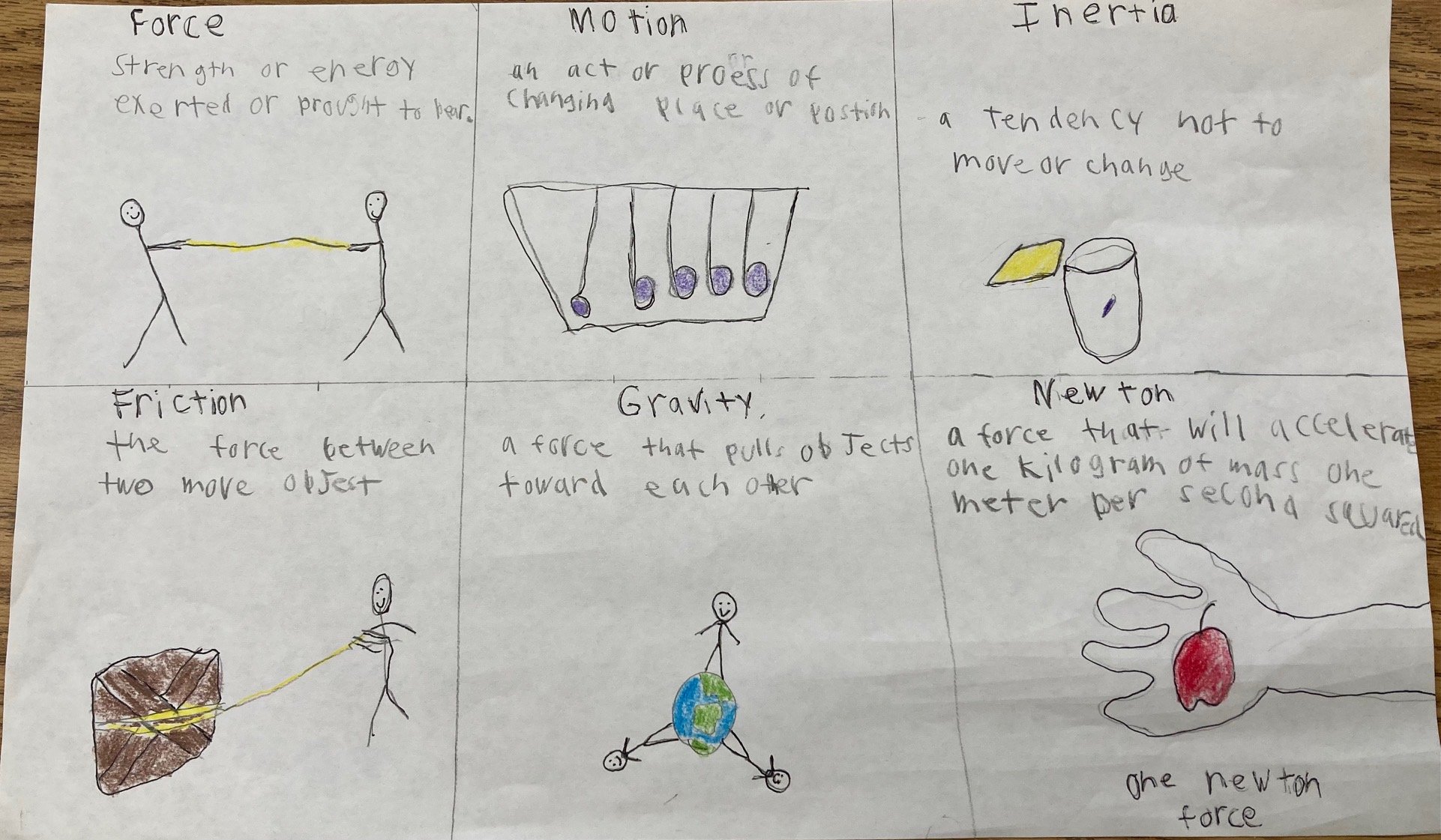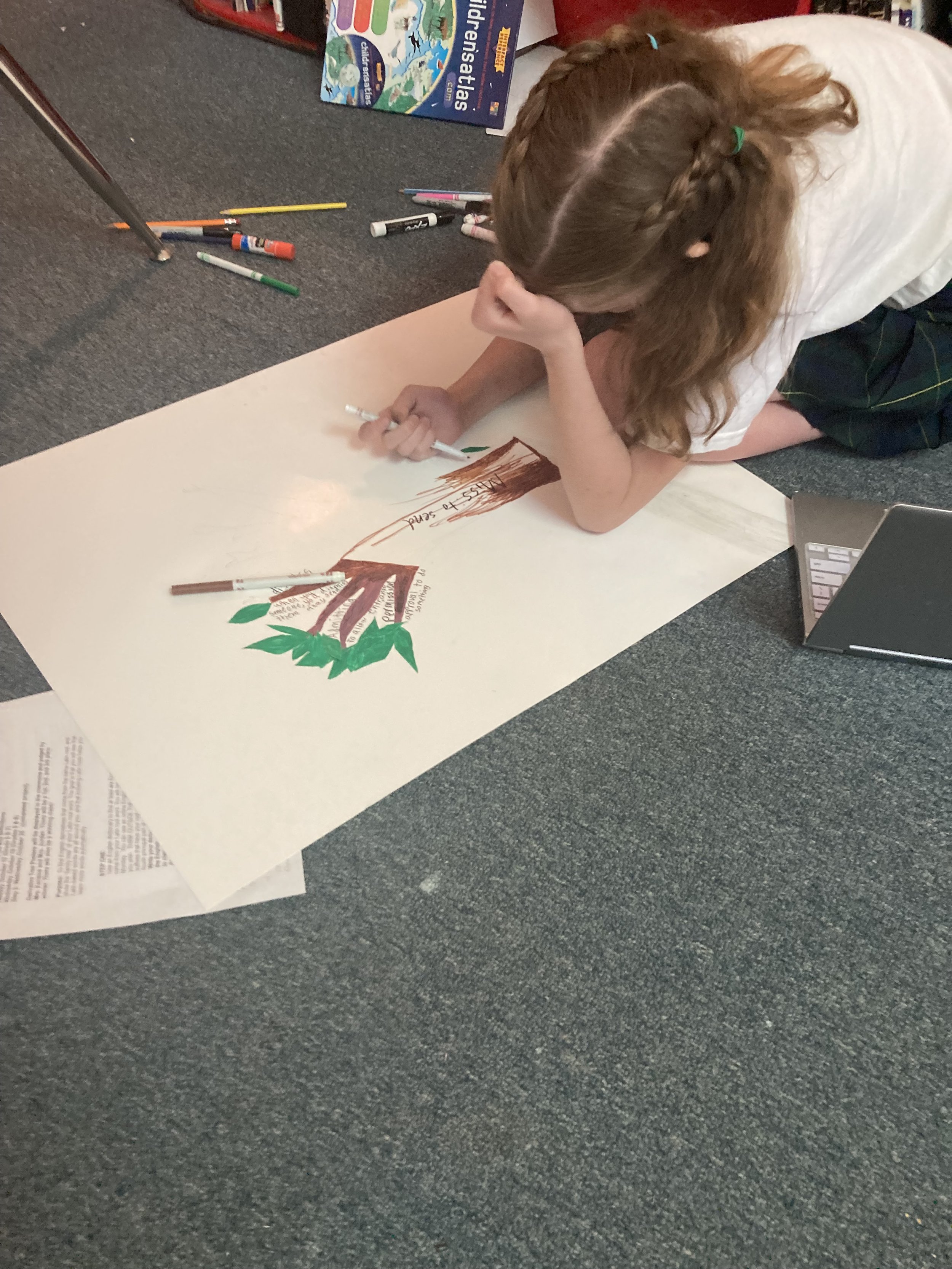“Climate is what we expect. Weather is what we get.” ~Mark Twain
Science has a way of explaining how things work in the world around us. Humans are naturally curious and science gives us the opportunity to engage in those curiosities.
Currently, 5th grade is learning about weather and water. In this instance, students were engaging in a lab to determine the differences between weather and climate. A discussion about what a “weather event” is, weather reports, and climate took place at the beginning of the lab. Then, students assigned a “weather event” to a day of the week. An individual bag of M&M’s were given to each student and students had to then count how many of each color the bag had. In random fashion, students chose a M&M and that was that day’s forcast.
Students had fun creating a weather report but were also informed that meterologists use a more sophisticated method of predicting the weather using scientific tools and technology, not M&M’s!
